The Psychology of Giving: 18 Tips to Increase Donor Retention and Lifetime Value
Nonprofit Megaphone
APRIL 17, 2023
By gaining an understanding of why people give and what motivates them to continue giving, non-profits can develop strategies to increase donor retention and lifetime value. In this article, we will explore 18 tips to help non-profits achieve these goals.

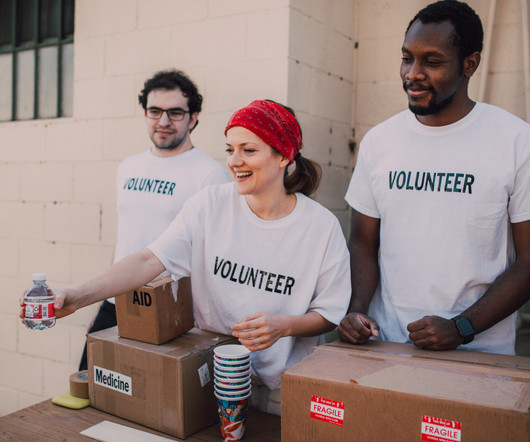
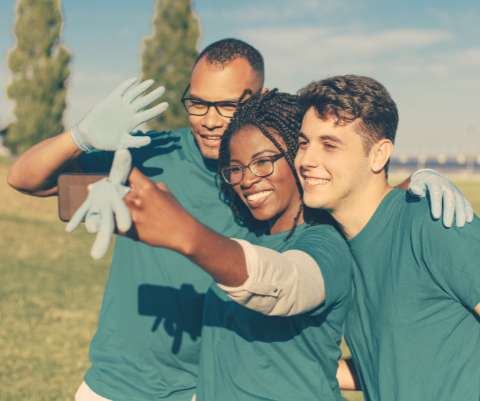

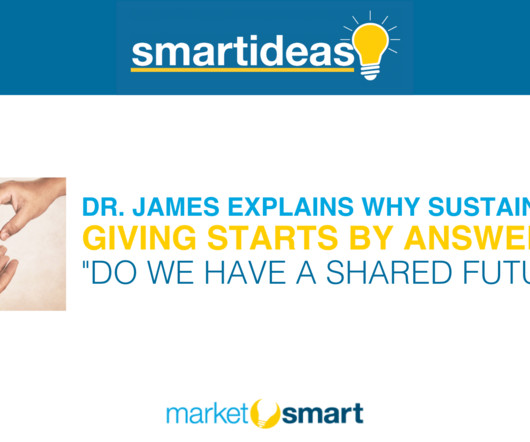
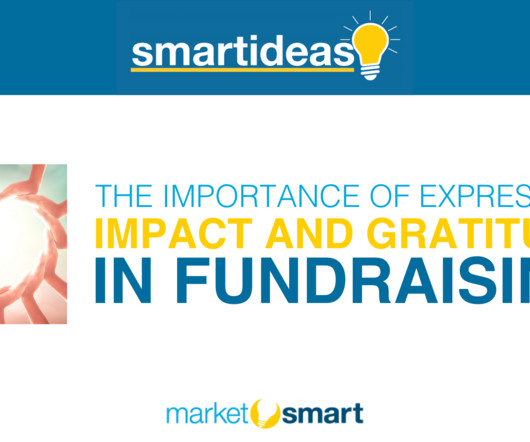
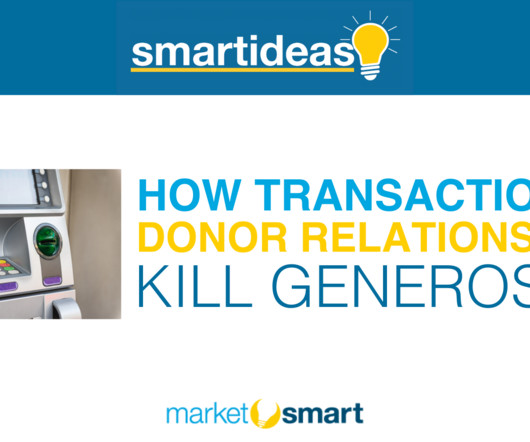


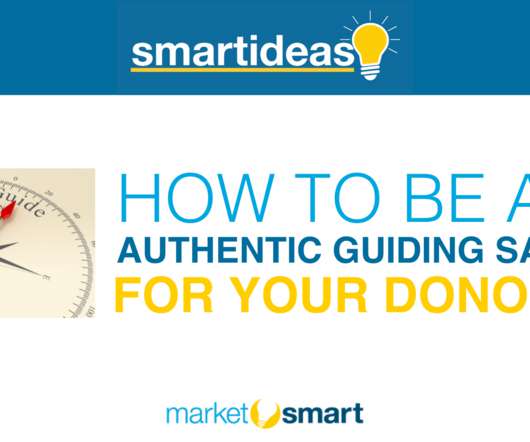
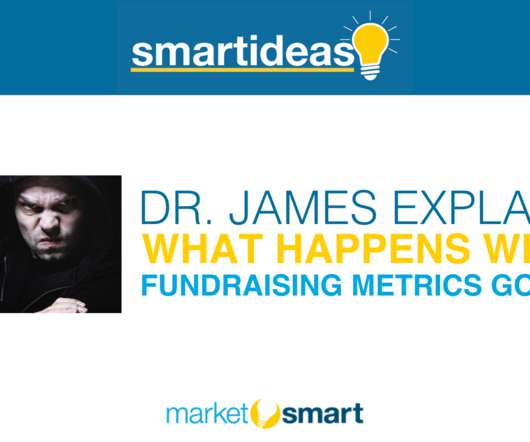







Let's personalize your content